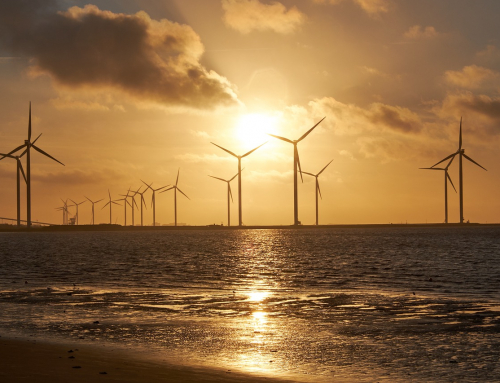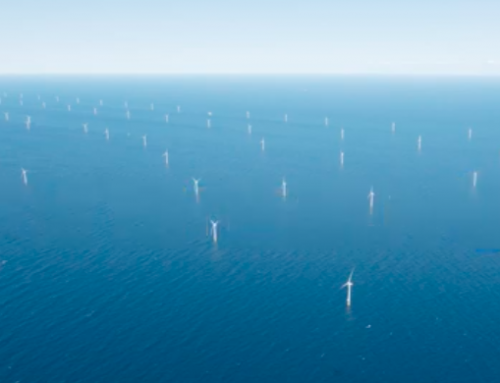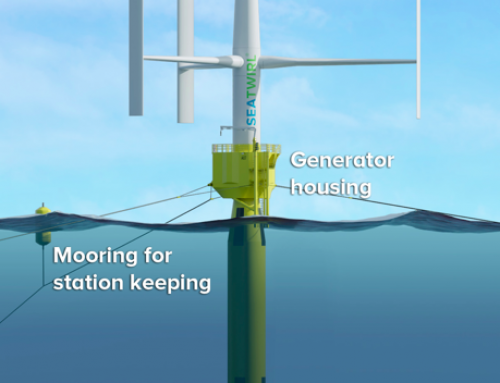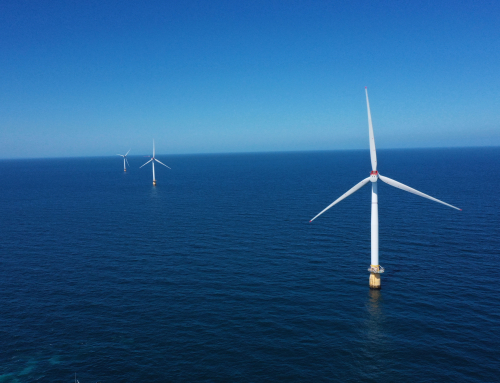Power tariffs remained reasonably low in one of the largest auctions conducted by the state-run Solar Energy Corporation of India (SECI), which ended on 5 April 2018. 2 Gigawatts (GW) of wind power was up for auction and the winning bids were Rs2.51 and Rs 2.52 per kilowatt hour respectively. That is not quite as low as the successful bids of Rs2.44 per unit at the last SECI wind auction in February 2018, also for 2000MW, or the Rs 2.43 per unit achieved at the auction for 500MW, conducted by state-run Gujarat Urja Vikas Nigam Ltd in December 2017. (On the other hand, that price was considered by some developers to be so low as to be “unviable”)
Some commentators have noted that the successful prices in the bidding were 16 per cent higher than the previous lowest bids. Nonetheless, the successful bids are, crucially, lower than the average rate for power generated by coal-fuelled projects of India’s largest power generation utility, NTPC Ltd, which is Rs3.20 per unit. So the latest wind tariffs retain a significant competitive edge.
The price gap between electricity generated from thermal, solar and wind projects has been bridged as the costs of solar modules and wind turbine generators has declined by 80 per cent and 20 per cent, respectively, over the past five years. This has led to steady and sustained investor interest as renewable costs decline in a favourable policy environment. And these most recent bids may perhaps fly in the face of the concerns which have been expressed about the possibility of some individual Indian states looking to renege on their offtake commitments for projects awarded at a comparatively higher tariff.
For the industry is coming to the end of a transitional phase at which the tariff is arrived at by reverse auction, instead of the previous “feed-in tariff” regime, which was a cost plus pricing mechanism. But the change of regime, however market-based, has also caused a “hiccup” in that not enough wind auctions were held immediately. As a result, wind capacity addition suffered in 2017-18, with only 1.74 GW of projects commissioned, against 5.4 GW added in 2016-17 and 3.5 GW the year before. All this needs to be seen in the context of India’s commitment to generate 60GW of renewable energy from wind power plants by 2022. At present India has 34GW of installed wind power. It has ambitious plans to auction 10 GW of wind power in each of 2018- 19 and 2019-20.
In terms of the detail, Sprng Energy Pvt Ltd has won the right to supply 300 megawatts (MW), Betam Wind Energy Pvt Ltd, 200 MW; Srijan Energy Systems Pvt Ltd, 250 MW; BLP Energy Pvt Ltd, 285 MW; Adani Green Energy, 300 MW; and Inox Wind Infrastructure Services Ltd, 100 MW; all at Rs2.51 per kilowatt hour. Renew Wind Energy Pvt Ltd successfully bid Rs2.52 per unit to win the contract to supply 265 MW; so did Mytrah Energy (India) Pvt Ltd, 300 MW. Incidentally, Mytrah has just announced that it will de-list from AIM, citing lack of AIM investor interest in India and in the power/infrastructure sector in particular.
Again for the record, four of the eight successful bidders were Indian, the other four had a more international flavour: Sprng Energy(300MW)is backed by the UK-based development fund, Actis LLP; the Italian power company Enel owns a majority of the shares of BLP Energy(280 MW); Betam Wind Energy (200 MW) is a subsidiary of the French company, Engie; and though the beneficial owner of Srijan (250 MW) is India-focused Continuum Energy, Continuum itself is actually based in Singapore.





